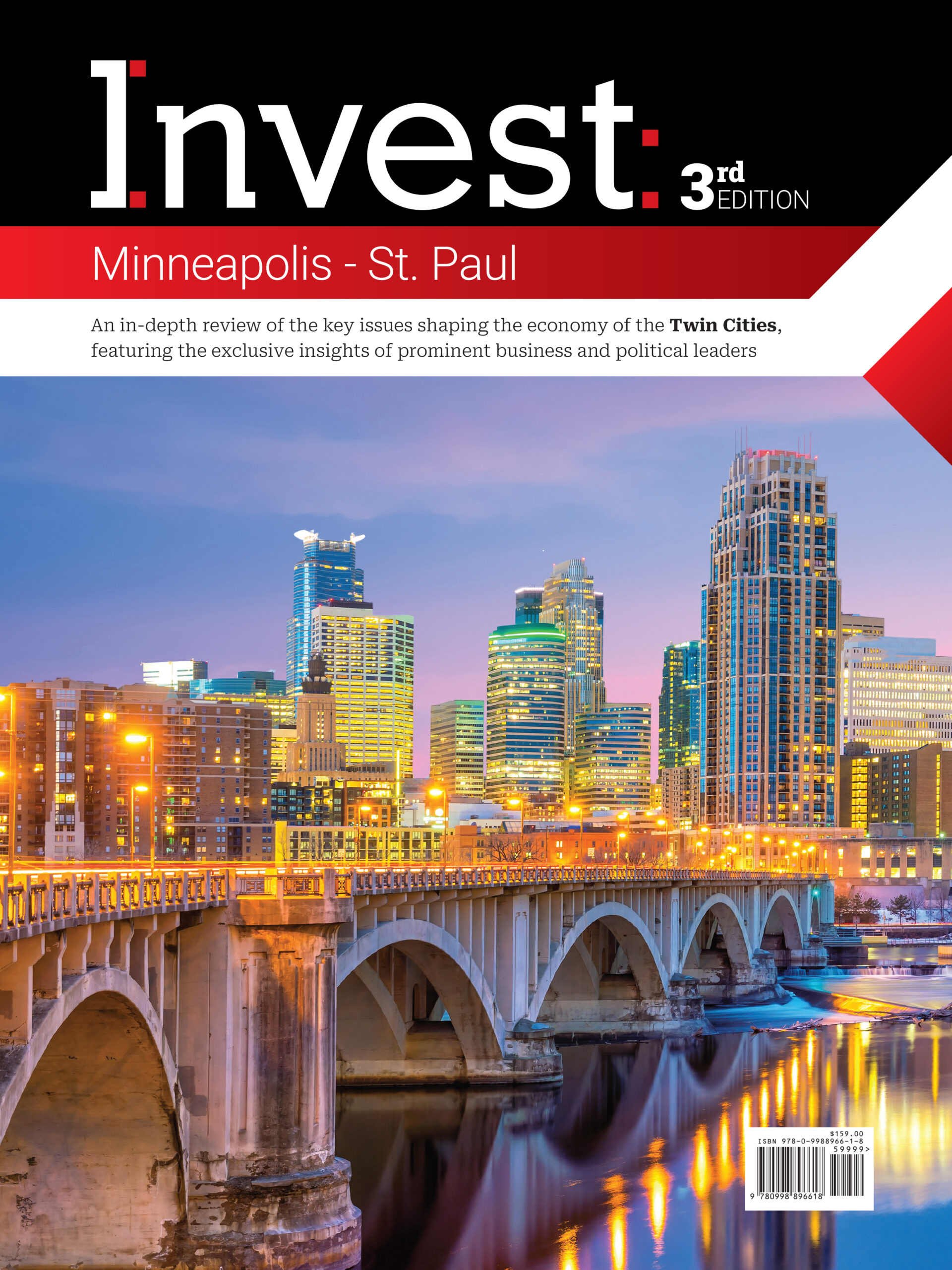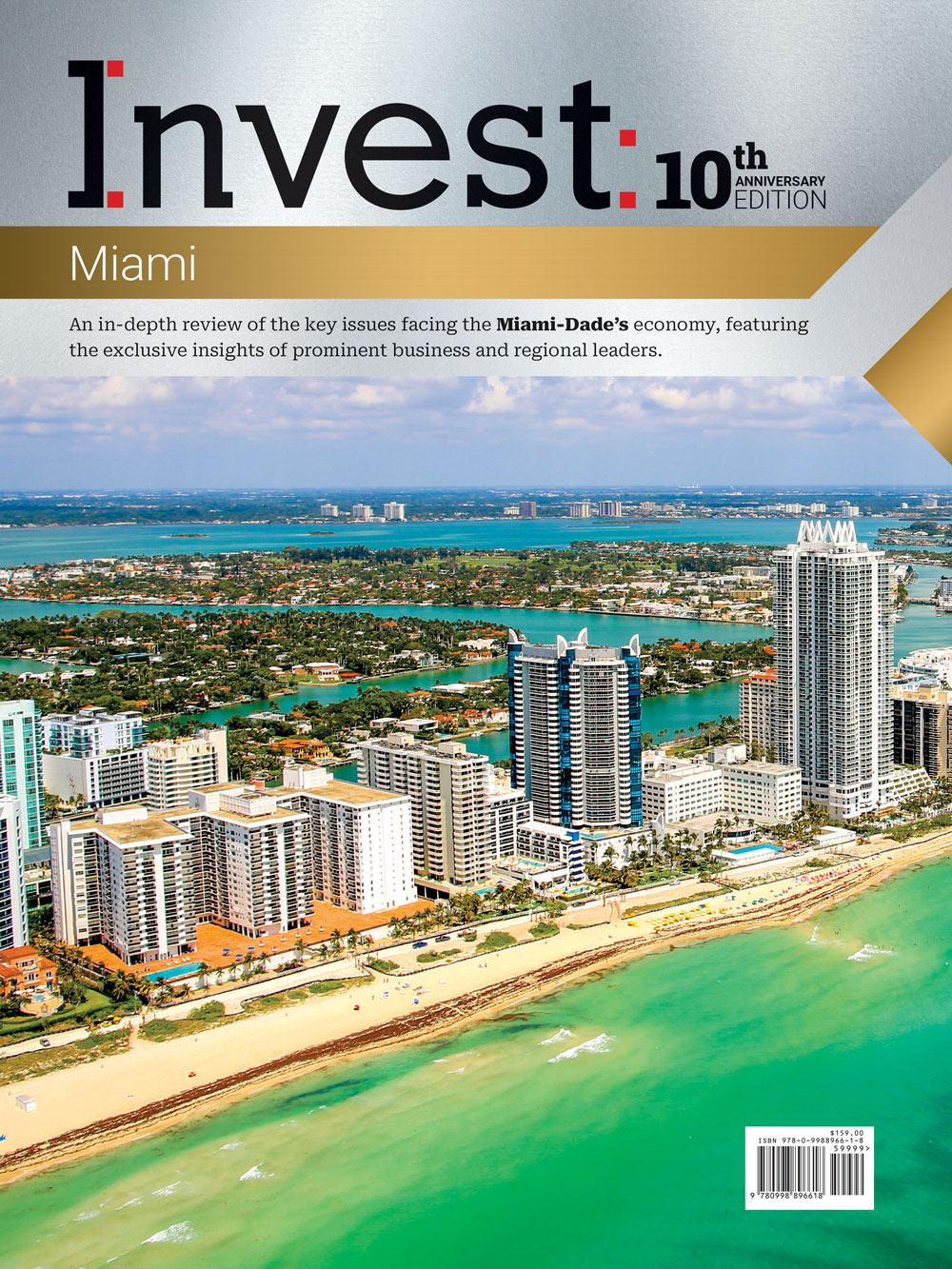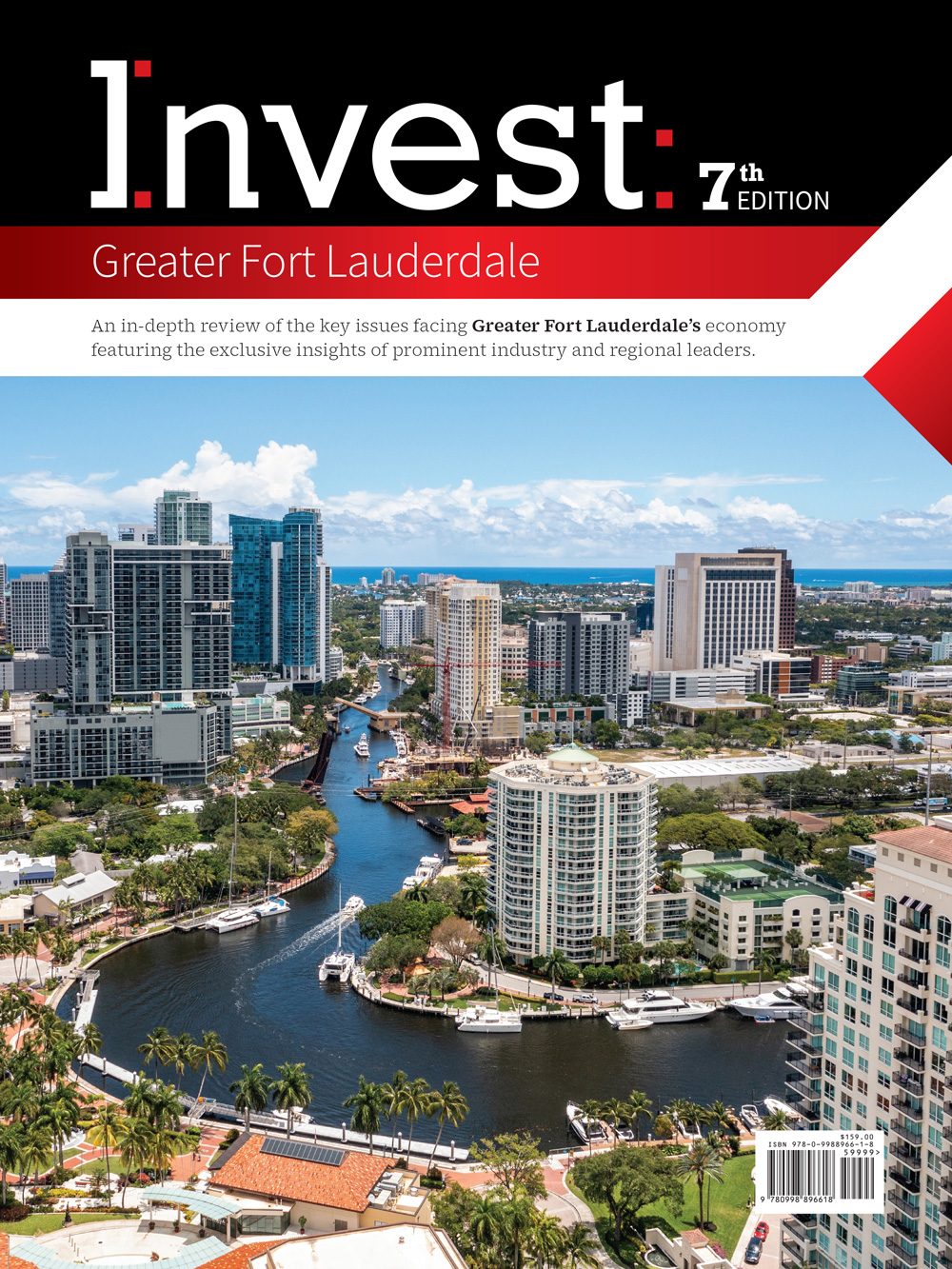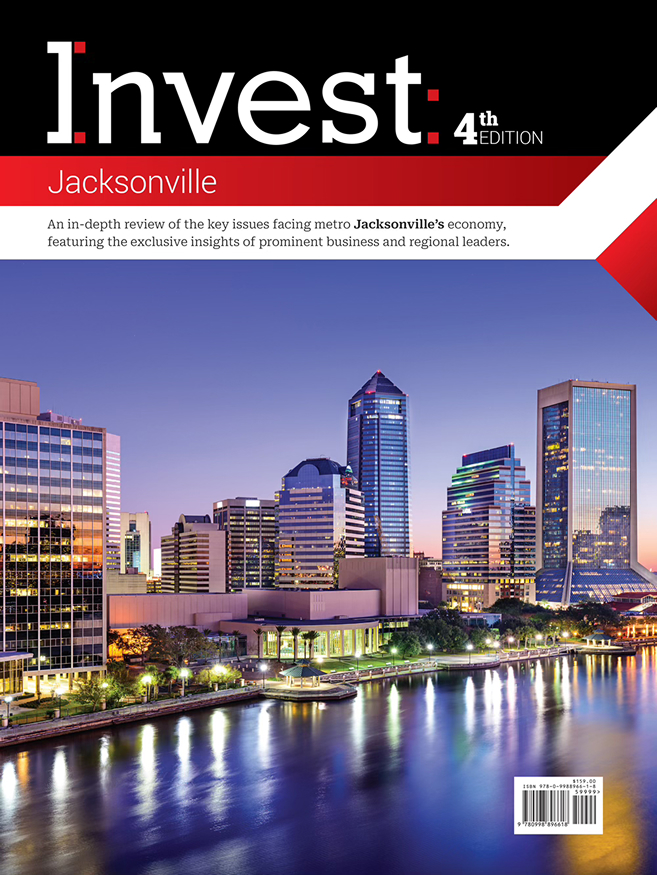Spotlight On: Luis Pedraja, President, Quinsigamond Community College
 September 2024 — In an interview with Invest:, President Luis Pedraja of Quinsigamond Community College highlighted a 20% enrollment increase following Massachusetts’ new free community college legislation. He also emphasized efforts to align programs with industry needs in healthcare and technology, and his commitment to supporting diverse student demographics.
September 2024 — In an interview with Invest:, President Luis Pedraja of Quinsigamond Community College highlighted a 20% enrollment increase following Massachusetts’ new free community college legislation. He also emphasized efforts to align programs with industry needs in healthcare and technology, and his commitment to supporting diverse student demographics.
What were some of the key achievements for Quinsigamond Community College this past year?
We’ve seen some great changes, especially in Massachusetts. The MassReconnect legislation now offers free community college to residents over 25, and more recently, MassEducate makes it free for all Massachusetts residents who do not have a bachelor’s degree. As a result, our enrollments are growing — last year, we saw growth, and this year, we’re up 20%.
There’s a lot of demand, particularly in areas like healthcare, and skilled trades such as HVAC, auto tech, and robotics. I’ve also been deeply involved in accreditation as a Commissioner for the New England Commission of Higher Education, and Gov. Maura Healey recently appointed me as a delegate to the New England Board of Higher Education. Additionally, I’m serving as the chair of the Council of Presidents for the Massachusetts Association of Community Colleges, where I work closely with other college presidents.
What are your plans for the Massachusetts Association of Community Colleges?
A big focus for us as community college presidents is implementing these new opportunities for students to attend college without financial barriers. Of course, students face other challenges too — about 50% of community college students are food insecure, and around 11% struggle with housing. I recall a particularly poignant story of a student who was homeless and living in her car during her first few semesters. We were able to get her the resources she needed, and she graduated, but these stories are all too common.
The opportunity that MassReconnect and MassEducate provide to remove at least one of the obstacles that students are facing is critical. The workforce is also changing rapidly. According to the Georgetown Center for Workforce and Education, Seventy-two percent of new jobs require at least some college education, and in Massachusetts, it’s even higher. We’re also seeing more students participating in early college programs, allowing them to take college courses while still in high school. This not only helps them finish their degrees faster and saves money, but it also gives them a head start on their education.
All these efforts are investments in our future workforce, which is essential for our community’s economic development and for attracting new businesses.
How is the college aligning its programs with industry needs?
We’re seeing a lot of growth in the healthcare industry. I’m actively working with local hospitals, I’m even on the board of one, to address the increasing demand in all areas, not just nursing but also allied health professions like radiology and respiratory techs. We’re also seeing demand in technology, business, and areas like auto tech and HVAC. However, these programs face capacity issues due to lab and clinical requirements, which limits the number of students we can accept.
To better meet industry needs, I started a Workforce Advisory Council with participation from major employers in biotech, healthcare, advanced manufacturing, and other sectors. It’s crucial for us to understand not only the current needs of these industries, but also where they are headed in the next few years. My job is to prepare students for the jobs of tomorrow, ensuring our community has a trained workforce ready for these industry partners. We’ve also partnered with local businesses for mentoring programs, which is critical for first-generation college students who may face obstacles and need guidance to succeed.
Given changing student demographics, how is Quinsigamond Community College adapting its offerings?
Community college students don’t fit into any single mold — they come from all walks of life. Our average student age is around 25, but we serve everyone from early college students under 18 to those over 25 through MassReconnect. We have single parents, working adults, and even students in their 70s trying to finish degrees they never completed.
We’re also seeing a shift in demographics, with our college on the verge of becoming a Hispanic-serving institution. Last year, 24% of our students were Latino, and this year, we might hit 25%. But it’s not just about the numbers; it’s about making sure we’re truly serving these students. We must be “student-ready,” meeting students where they are and helping them succeed. Our goal is 100% student success, and we’ve implemented various support structures like food pantries, counseling, embedded tutors, and offering some classes in Spanish. These initiatives are all about helping students feel welcome, supported, and equipped to succeed here and in life.
[fusion_images order_by=”desc” picture_size=”auto” hover_type=”none” autoplay=”yes” autoplay_speed=”3000″ flex_align_items=”center” columns=”1″ column_spacing=”0″ scroll_items=”” show_nav=”yes” mouse_scroll=”no” border=”no” lightbox=”no” margin_top=”” margin_right=”” margin_bottom=”” margin_left=”” hide_on_mobile=”small-visibility,medium-visibility,large-visibility” class=”” id=”” caption_style=”off” caption_title_tag=”2″ fusion_font_family_caption_title_font=”” fusion_font_variant_caption_title_font=”” caption_title_size=”” caption_title_line_height=”” caption_title_letter_spacing=”” caption_title_transform=”” caption_title_color=”” hue=”” saturation=”” lightness=”” alpha=”” caption_background_color=”” fusion_font_family_caption_text_font=”” fusion_font_variant_caption_text_font=”” caption_text_size=”” caption_text_line_height=”” caption_text_letter_spacing=”” caption_text_transform=”” caption_text_color=”” caption_border_color=”” caption_overlay_color=”” caption_align_medium=”none” caption_align_small=”none” caption_align=”none” caption_margin_top=”” caption_margin_right=”” caption_margin_bottom=”” caption_margin_left=”” parent_dynamic_content=””] [fusion_image image=”https://capitalanalyticsassociates.com/wp-content/uploads/2024/07/CAA24_Invest-Insights-S6-Web-Banners-7.jpg” image_id=”64377″ image_title=”” image_caption=”” link=”” linktarget=”_self” alt=”” /] [fusion_image image=”https://capitalanalyticsassociates.com/wp-content/uploads/2024/07/CAA24_Invest-Insights-S6-Web-Banners-10.jpg” image_id=”64380″ image_title=”” image_caption=”” link=”” linktarget=”_self” alt=”” /] [fusion_image image=”https://capitalanalyticsassociates.com/wp-content/uploads/2024/07/CAA24_Invest-Insights-S6-Web-Banners-9.jpg” image_id=”64379″ image_title=”” image_caption=”” link=”” linktarget=”_self” alt=”” /] [fusion_image image=”https://capitalanalyticsassociates.com/wp-content/uploads/2024/07/CAA24_Invest-Insights-S6-Web-Banners-8.jpg” image_id=”64378″ image_title=”” image_caption=”” link=”” linktarget=”_self” alt=”” /] [/fusion_images]
How is the college attracting and retaining faculty and staff?
Attracting and retaining faculty in community colleges is always a challenge, especially in a state with so many higher education institutions. We do attract graduate students looking to gain teaching experience and have partnerships to bring diverse men and women into our teaching programs and adjunct positions, supported by mentorship programs. We’re also focusing on professional development and creating affinity groups for both students and staff.
However, our salaries often can’t compete with those at other institutions, including high schools, because community colleges in Massachusetts receive only 25% of the state allocations, despite serving a significant portion of the undergraduate population. We could certainly use more resources, but I believe the state and legislature recognize the value of community colleges, as seen with initiatives like MassReconnect. Investing in education is, to me, an investment in the future, our workforce and economic growth depend on it.
What is your outlook for higher education, and what are your top priorities for Quinsigamond Community College?
My top priorities are adapting to the changing landscape of higher education. While degrees will still be important, the workforce is evolving, and we need to align with what the industry demands and where new technologies are heading. For example, AI is more than just a tool for writing papers, it can help with research, creating syllabi, tutoring, and more. But we also must consider how AI and other technologies will affect jobs in the future. Some jobs will likely be displaced, and people will need to be reskilled to reenter the workforce.
Education is no longer just about earning a degree; it’s about lifelong learning. People will need to keep coming back to learn new skills as industries change. Take the auto industry, for example: cars are now equipped with computers, self-driving features, and radar. Mechanics need more than traditional skills, they need to understand the technology too.
We’re also seeing growth in apprenticeships, which offer a great way for students and current workers to learn new skills while they’re still on the job. We’ve developed apprenticeships in healthcare, education, and cybersecurity, and I see this as a critical opportunity for industry and education to partner together. Competency-based education, skill certifications, and badges will become even more important as the job market continues to evolve.
Virtual reality and the post-pandemic shift to online learning also offer new opportunities. We need to adapt to these changes and help our communities and workforce do the same. Education’s value and return on investment might be questioned, but the reality is that we need it. We must reimagine what education means, what degrees are for, and how we partner with industry to meet the demands of the future.
For more information, please visit:













